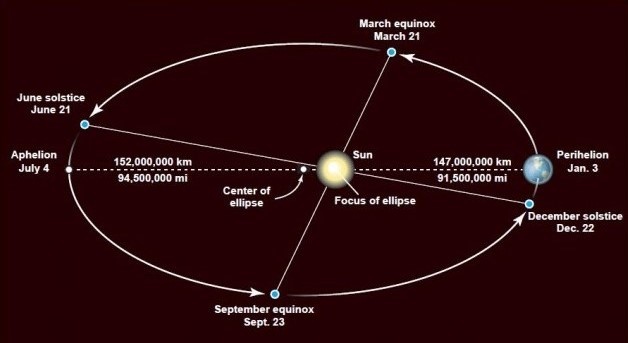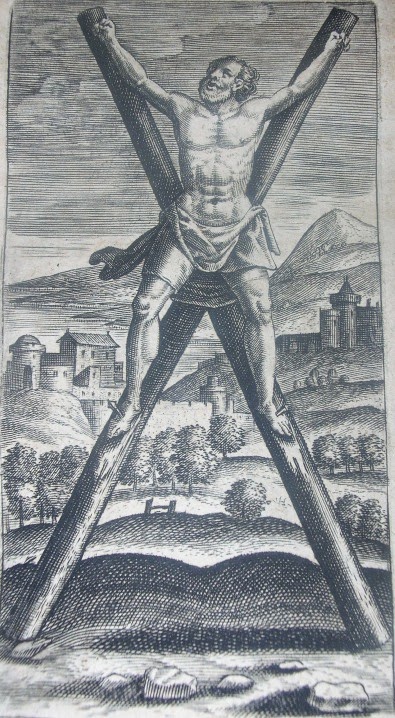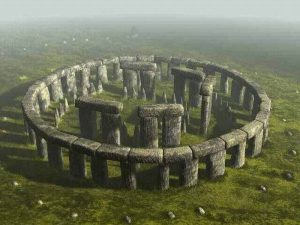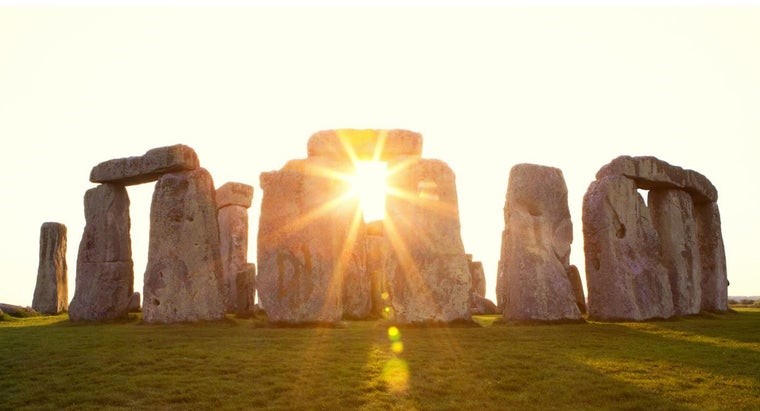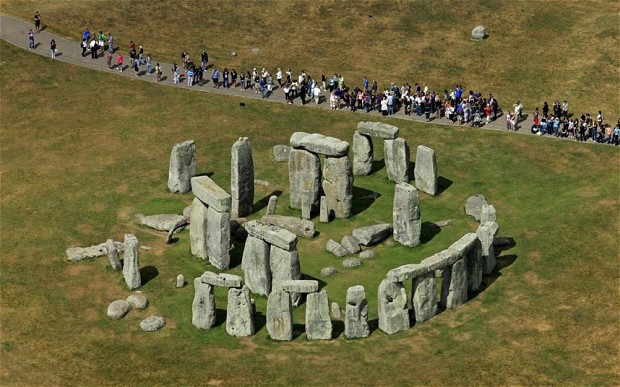How Faith did not Change Rome but Rome Changed the Faith
In 312 before the Battle of the Milvian Bridge, Constantine claimed he experienced a vision of a new sign when he looked up to the sun and saw a cross of light with the Greek words “In this sign, Conquer!” above it. He commanded his troops to adorn their shields with a new symbol ☧ formed from the first two letters of the Greek word ΧΡΙΣΤΟΣ (hristos), after which he conquered Rome. In 597, in his letter to Augustine the first missionary to the British Isles, Pope Gregory wrote:
Do not destroy the temples of the English gods; change them to Christian churches. Do not forbid the harmless customs which have been associated with the old religions; consecrate them to Christian use.
But everything started with the Babylonian sun-worship.
The Babylonian sun-worship
The earliest civilization in the land of Shinar (Babel) was of one language and one speech. And they said to each other to build for themselves a city and make a tower that would reach in the heavens, and make a name for themselves, lest they be scattered over all the face of the earth (Gen 11:1-4). Their real motive was the desire for renown and their object was to establish a noted central point, which might serve to maintain their unity, contrary to the word of the Creator to spread and populate the earth.
However, there might have been another motive in their desire to build one world, namely, to build a tower whose top would be in the heavens. In the heavens, the sun takes a central point in the solar system. The earth on its path around the sun goes through four stages which divide the four seasons. These four stages are called equinoxes and solstices which serve as markers of the transition points between the seasons. There are two equinoxes and two solstices each year. A solstice is defined as the point during the earth’s orbit around the sun at which the sun is at its greatest distance from the celestial equator, while an equinox is at its least distance. There are two solstices: the summer solstice which is characterized by a long day and a short night and the winter solstice: by the shortest day and the longest night. While, during the equinoxes in the spring and in the autumn, the day and night are equal. Equinoxes occur on approximately 21 March and 22 September and are referred to as the vernal (spring) and autumnal equinox, respectively. Solstices occur on approximately 21 June and 22 December and refer to the summer and winter solstice, respectively, for the northern hemisphere. But, due to the 23.5-degree tilt of the earth’s axis and the rotation of the earth around the sun, these seasons are reversed in the southern hemisphere. Therefore, the spring (vernal) equinox in the northern hemisphere is the autumnal equinox in the southern hemisphere, and the summer solstice in the northern hemisphere is the winter solstice in the southern hemisphere, and vice versa. During its rotation around the sun, the earth goes first through the spring equinox.
Spring equinox
Equinox comes from Latin and means “equal night”. The vernal equinox is considered the first day of spring when the day and night are of nearly equal length. The spring equinox does not fall on the same exact date each year; rather, it can fall anytime between 19 and 21 of March in the northern hemisphere. The next stage of the earth’s path is the summer solstice.
Summer solstice
The summer solstice, aka midsummer, occurs twice yearly, once in each hemisphere, when the north pole of the earth has its maximum tilt toward the sun (for the northern hemisphere) and the south pole for the southern hemisphere. The summer solstice is a natural event which occurs when the sun stands over the Tropic of Cancer, hence solstice means “standing sun”. At the summer solstice, 21 June, the sun is at its northernmost point marking the longest day of the year in the northern hemisphere due to the tilt of the earth towards the sun which exposes the earth to more sunlight. Thus, the summer solstice marks the day with the most sunlight in the year. The roles shift, however, for the southern hemisphere when 21 June becomes the shortest day. At the end of the summer, the earth approaches the next stage of the earth’s orbit: the autumnal equinox.
Autumnal equinox
The autumnal equinox is the halfway point between the longest and shortest days of the year — a time when the earth and the sun stand in geometrical balance. The autumnal equinox is the time when the sun passes straight over Earth’s equator and the day and night are nearly equal. The autumnal equinox is the opposite of the vernal (spring) equinox, as the equinoxes and solstices are opposite on either side of the equator.
Winter solstice
The winter solstice (aka midwinter) is the last stage on the earth’s orbit and occurs when the earth’s north pole has its maximum tilt away from the sun in the northern hemisphere thus making that day the shortest day in the year. It happens twice yearly, once in each hemisphere during the hemisphere’s winter. During the winter solstice, the sun is directly over the equator: over the Tropic of Capricorn. The winter solstice is the shortest day of the year with the fewest hours of sunlight. In the northern hemisphere, it always occurs between 21 and 22 of December. Astronomically, the winter solstice lasts only a moment, but the term refers to the whole day on which it occurs.
The sun-worship is still alive
As we noted, the spring equinox is the first of the four solar phases, and we should also note here, the first of the four solar pagan festivals of the year. The spring equinox is part of the normal cycle of the rotation of the earth around the sun, but due to its periodical occurrence, the journey of the earth around the sun became a matter of worship by the pagans: light vs. darkness, and life vs. death, and thus the sun became a strong spiritual symbol for them.
The second solar pagan festival is the summer solstice. For the pagans, symbolically, the summer solstice represented awakening, enlightenment, and the triumph of the sun-god over darkness, the victory of the good over bad. The pagans honored and still honor the summer solstice with ceremony and heathen rituals which they believe could help them energize and harness the palpable energy of the sun. For them, the worshipping the sun on the longest day of the year creates intimacy with “mother nature” aka “mother earth”.
The end of days on the pagan calendar was commemorated of another solstice: the winter solstice of the year. When we take a look at the phases of the earth’s rotation around the sun, we will notice the cross the major axis and the minor axis of the elliptical orbit of the earth form with its center: the sun. From that “cross” formed from the earth’s rotation around the sun the ancient sun-worshippers of Babylon had taken the idea to make an instrument for human sacrifice. Initially, the cross had the X-shape design which the Babylonians used for human sacrifices.
However, when the Greeks conquered Persia, they changed the X-shape cross to the +-shape cross and made an instrument of punishment, which the Romans perfected to make it the most vicious and barbarous way of capital punishment. As the name solstice speaks of itself, “standing sun”, the pagans believed that the sun stands “still” for three days: 22, 23, and 24 of December, the shortest three days in the year. The pagans observed those three days of mourning as the darkest days of the year, because the darkness conquered their sun-god. However, on the following day, the 25th of December, a “phenomenon” occurred for the pagans. On the 25th of December, the day began to slowly increase and the night to decrease. For them, the 25th of December was and still is a day for celebration, when they were massing in their temples to honor the “sun-god” which conquered the darkness of the world. Thus, the 25th of December became a day of the “conquering sun”, because the light emitted from the sun began to conquer the darkness, and life overcame death. Essentially, the pagans celebrated and still celebrates the winter solstice (aka Yule) as the “birth of All Origins” and as a sacred and ultimate event in their calendar.
One of the pagan temples where the heathens observed the day of the “conquering sun” was and still is Stonehenge in Wiltshire, England, where they gathered on the eve of the 25th of December, that is the 24 of December, to anticipate the first rays of the morning sun. Stonehenge consists of a ring of standing stones, each around 13 feet high, seven feet wide, and weighing around 25 tons. The stones are set within earthworks in the middle of the densest complex including several hundred burial mounds. Stonehenge was used not only as a sacred place where the pagans worshipped their sun-god on its day: the 25th of December, when the sun began to conquer the night, but also as a sacrificial place for the “conquering sun-god”.
Recent discoveries of human and swine bones around Stonehenge suggest that the structure was used for human and swine sacrifices dated from as early as 3000 BC. The pagan sun-worshippers honored their sun-god by sacrificing humans and pigs under the beat of drums and the light of fires in the darkest night of the 24th of December to appease or honor their god. However, the human and swine bones also suggest that either pigs were sacrificed together with humans or that the pagans ate pork to celebrate the human sacrifice. At any rate, eating pork on the 25th of December was and remained a custom even until this very day.
The unique design of Stonehenge temple speaks of itself. It was specifically designed in such a manner to create a mystical and supernatural perception for the worshiping pagans. The circular shape of Stonehenge and the exact location of the stones suggest that the structure created an ideal condition for reverberation of the drums’ beat and together with the flickering light of the fires in the night were used to create an ecstasy-like condition for the worshippers expressed in human and pig sacrifices. On the eve of the 25th of December, the pagans were sacrificing humans and pigs under the beat of the drums all night in anticipation of the coming of their sun-god. The culmination of the celebration of the pagan ceremony on the 24/25th of December, however, was when the visual effect of the first rays of the “conquering sun” ran through the stone columns on the morning of the 25th of December. Consequently, the 25th of December was a day of joy on which day the pagans were celebrating the beginning of “new life”.
Today, Stonehenge is revived as a place of religious significance, this time by adherents of Neopaganism and New Age beliefs, particularly the Neo-druids: the modern-day pagans.
Back to Rome
In 313 A.D. the Emperor Constantine issued the Edict of Milan and a new religion of Rome was established. However, not all Romans converted and many still participated in the traditional pagan rituals of Rome. The Roman coins were still minted with the images of Roman gods and the monuments Constantine first commissioned, such as the Arch of Constantine, contained no reference to the new religion.
The festivals of Rome are innumerable; but five of the most important may be singled out: Easter, the Nativity of St. John, Christmas-day, Lady-day, and the Feast of the Assumption. Each of these festivals is proved to be Babylonian by origin, since everything started at the tower of Babel (the first Babylon). But, first, what does the term “Easter” mean, because we know no such festival in the Bible? As a matter of fact, “Easter” bears its Chaldean (Babylonian) origin. Digging into the history of civilization will reveal that “Easter” is nothing else than “Astarte” or “Ishtar”, the queen of heaven, whose “the consecrated” male and female cult prostitutes honored her by the deification of the generative and productive principle of nature. This was no doubt regarded as the most respectable designation for public prostitutes.
The Feast of the Nativity of St. John is set down in the Papal calendar for the 24th of June, or Midsummer-day. The very same period was equally memorable in the Babylonian calendar as that of one of its most celebrated festivals. It was at the summer solstice, that the month called in Chaldea, Syria, and Phoenicia by the name of “Tammuz” began; and on the first day, that is, on or about the 24th of June, the festival of Tammuz was celebrated (see Eze 8:14).
In Egypt, the son of Isis, the Egyptian queen of heaven, was born at the time of the winter solstice. In Babylon, the winter solstice was known as Yule-day. “Yule” is the Chaldean name for an “infant” or “little child” and consequently that day of the 25th of December was called by the pagan Anglo-Saxons, “Yule-day” or the “Child’s Day” and the night that preceded it, “Mother-night”.
That festival in Rome was called the feast of “Saturn”, the god of agriculture and vegetation in Roman mythology, counterpart of the Greek Cronus. Thence, it was adopted by the pagan Anglo-Saxons as “Saturday” from “Saturn’s Day” and the feast itself was called “Saturnalia”. Thus, we find that the winter solstice was no mere astronomic festival observed by the ancient pagans but a day of worship of national gods.
The continuation is in the following article.
Navah
May we merit seeing the coming of our Mashiach speedily in our days.

